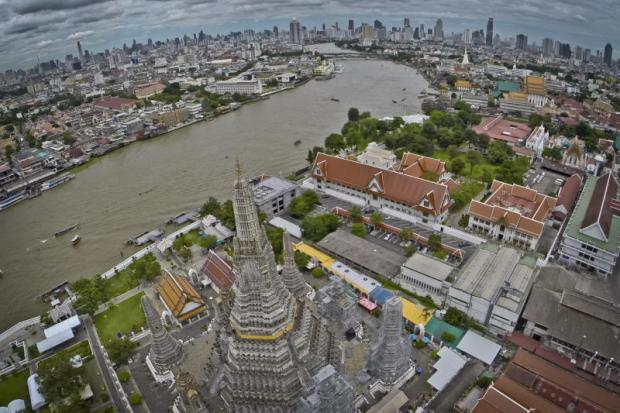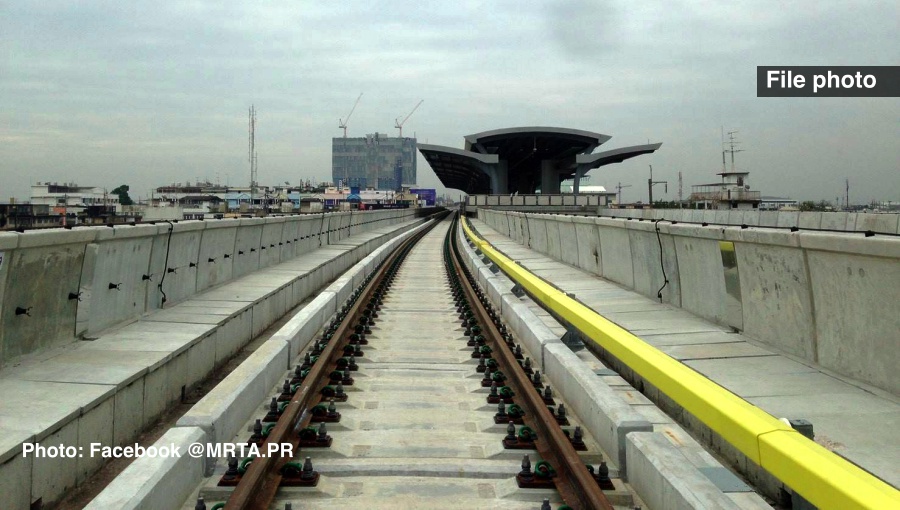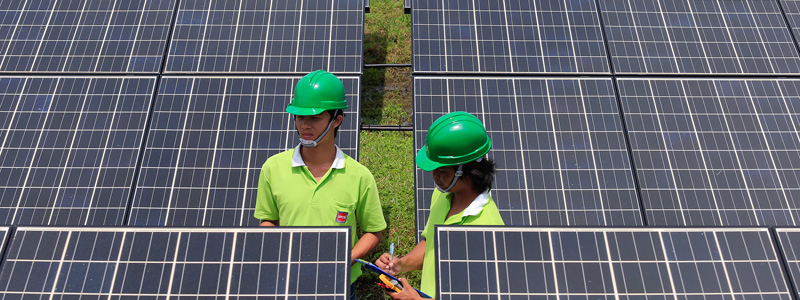Prime Minister Prayut Chan-o-cha has a dream.
He dreams that long and beautiful promenades will grace both sides of the Chao Phraya River, offering people an unobstructed view of the majestic river.
Friends, families and lovers will be able to take leisurely strolls and cyclists take exuberant rides as the sun shines its golden rays.
It will be known hence as the “New Bangkok Landmark”.
But obstacles have an annoying habit of getting in the way of turning dreams into reality even if the dreamer wields broad power.
Be that as it may, the dream is so enticing that many Bangkokians are willing to overlook its flaws and look forward to seeing it come to life.
Like so many dreams, this one has seemingly come out of nowhere into people’s consciousness. And because it leaves such vivid images in the mind’s eye, the dreamer wants to see it in the flesh right away.
So Gen Prayut ordered that the Interior Ministry and the Bangkok Metropolitan Administration turn his dream into reality pronto.
And senior officials at both agencies responded enthusiastically. They jumped into action and came up with “a plan” in a matter of weeks — no mean feat for our bureaucracy famous for its deliberate pace of operations.
But the plan is not really novel. Someone else had already dreamt of one and inserted it into the 1.2-trillion-baht flood prevention scheme under the previous Yingluck Shinawatra government.
During the past year or so, the plan has gone through twists and turns so many times that it induces wooziness.
It started out as a 19.5m-wide roadway, 25km on each side of the river, built over the water. It would comprise lanes for electric buses, bike lanes and pedestrian walkways.
It would also serve as flood-prevention dykes which means it would have to be elevated above the peak flood line, as high as 2.8m above sea level.
The price tag was 30 billion baht or about 600 million baht per kilometre.
But after certain people objected to the bus ways, that component was dropped but the width remained at 19.5m. Later, the plan was split into phases with the first phase covering 7km from Pin Klao Bridge to Rama VII Bridge.
Meanwhile, civic groups and conservationists have been eyeing the plan warily. The Chao Phraya is not just any river. It is Thailand’s supremo river steeped in history and culture and it plays a large part in regulating the country’s water flow.

A bird’s eye view of the Chao Phraya River in front of a Bangkok landmark, the Temple of Dawn. The Chao Phraya promenade project has raised concerns over possible adverse impacts on the environment and cultural icons. Krit Promsaka na Sakolnakorn
Structures and buildings with historical, cultural and commercial significance line both banks of the river. Any development project having to do with the river would have to proceed carefully so as not to pose any threat.
On the other hand, the people of Bangkok have felt deprived of their right of access to the river by riverside commercial interests, public agencies and communities.
They are particularly incensed by encroachers, be they dilapidated houses or expensive restaurants. They believe the plan would take care of these eyesores.
But civic and environmental groups are more worried about the impact of the massive structures on the riverine ecology and on the river flow. The structures themselves would become an enormous eyesore, obstructing the view of many majestic places along the river.
They are worried the plan has been rushed through without adequate forethought, public consultation or details. A vast amount of taxpayer money could be wasted and the project become a permanent blight on the country’s most important river.
Similar projects elsewhere have taken years of planning and public consultation before they have taken shape.
One such project is the Yannawa Riverfront Project that will develop an area stretching 1.2km along the eastern side of the Chao Phraya River. It has taken three years of constant consultation among stakeholders before an agreement was recently reached.
In response to comments by civic groups, including architects and engineers, officials scaled down the promenade project, reducing the width to between 12m and 16m.
However, objections are still being voiced and have become louder following the cabinet’s formal endorsement in May this year.
The project, like so many public issues, has polarised public opinion. On the one hand, conservation-minded civic groups are cautioning the government not to rush. On the other hand, public space-deprived people are urging it to make it happen now before the opportunity is lost.
My sympathy lies with the second group but my heart says to go slow. Bangkok has only one river and it is a major artery on which so many private and public lives depend. The project could be a boon or a disaster, so a lot of planning and public involvement are prerequisites.
The issue of transparency is not to be dismissed lightly despite official efforts to shed some light.
One of the aspects of this project that has me stumped and which has so far escaped the media’s scrutiny is the inexplicable increase in costs.
The construction of a 14km stretch of the so-called promenade was initially estimated to cost between 7-8 billion baht. A few months later, it was raised to 10 billion baht without any explanation.
Now the cabinet has approved the plan, the budget has ballooned to 14 billion baht, doubling the initial estimate.
What has happened along the way? Nobody has taken the time to elaborate, maybe because nobody has asked.
This is despite the fact that the cost of oil, and you would think the cost of other commodities as well, has dropped significantly.
Transparency is key to all public projects because it is the foundation on which public trust rests.
Source: http://www.bangkokpost.com/opinion/opinion/671960/pm-promenade-dream-hits-obstacles


